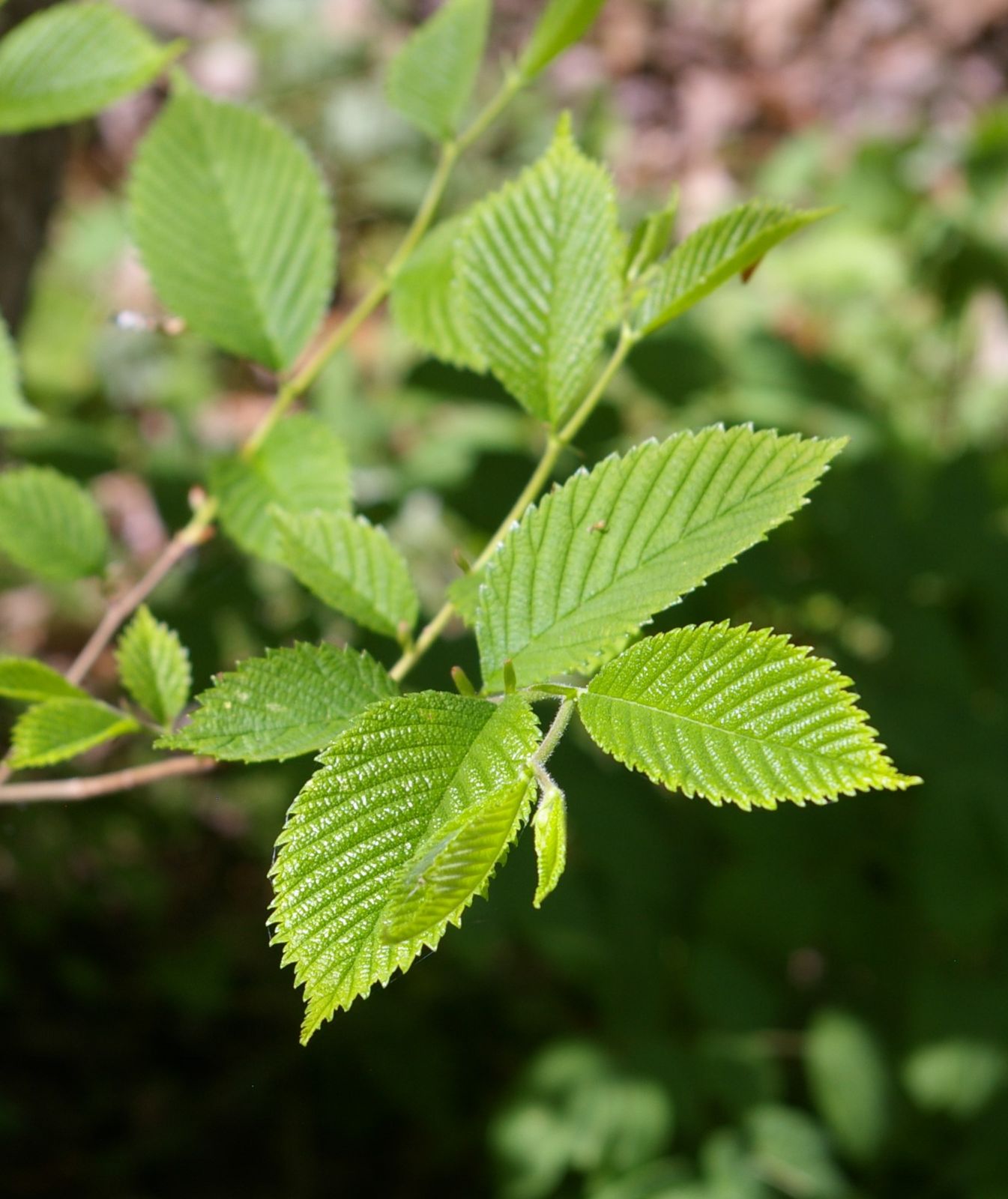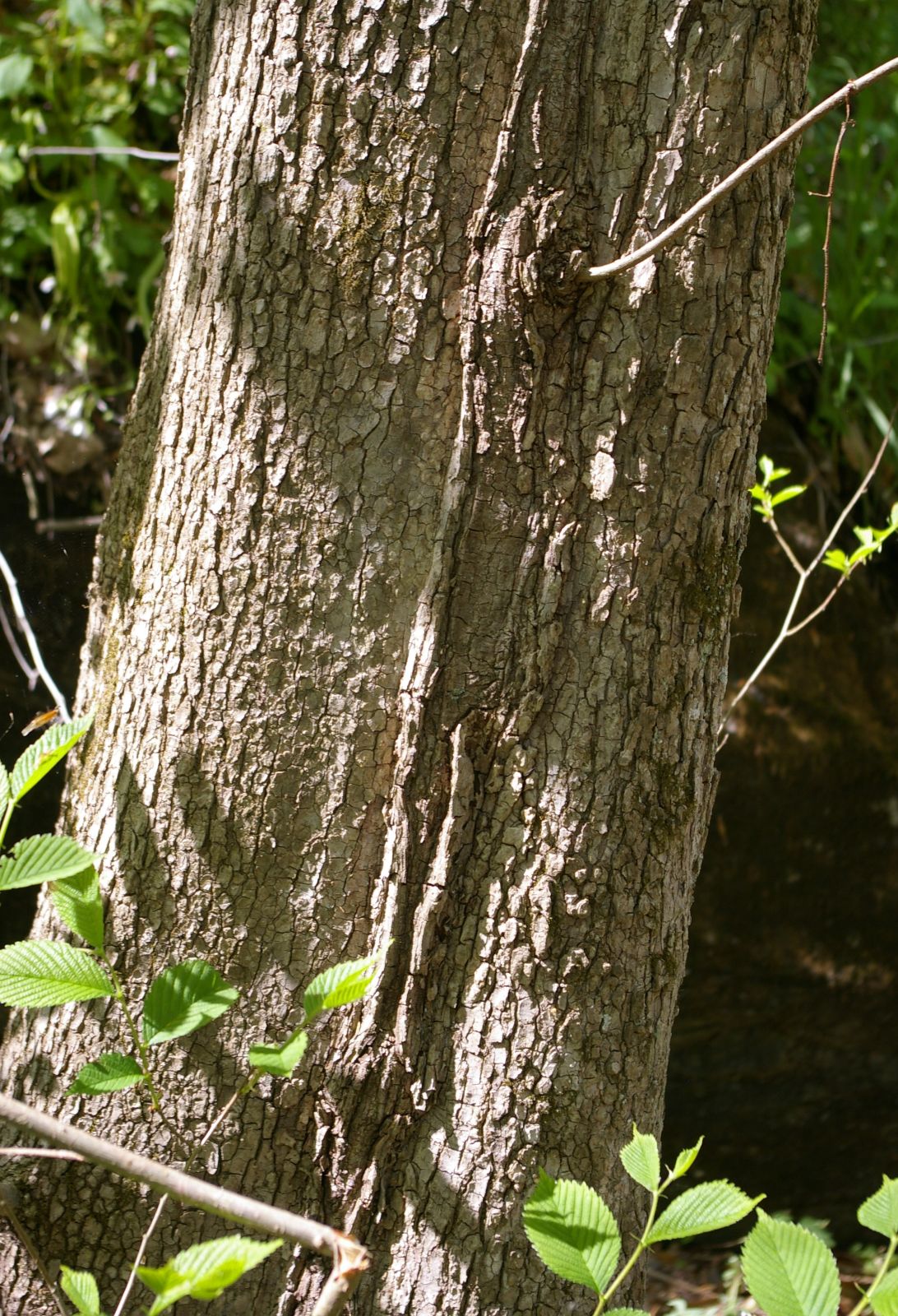Ulmus rubra
Credits
Article from Bean's Trees and Shrubs Hardy in the British Isles
Recommended citation
'Ulmus rubra' from the website Trees and Shrubs Online (treesandshrubsonline.
Other taxa in genus
- Ulmus americana
- Ulmus angustifolia
- Ulmus bergmanniana
- Ulmus campestris
- Ulmus canescens
- Ulmus carpinifolia
- Ulmus castaneifolia
- Ulmus chenmoui
- Ulmus coritana
- Ulmus crassifolia
- Ulmus davidiana
- Ulmus elliptica
- Ulmus gaussenii
- Ulmus glabra
- Ulmus glaucescens
- Ulmus × hollandica
- Ulmus japonica
- Ulmus laciniata
- Ulmus laevis
- Ulmus lamellosa
- Ulmus macrocarpa
- Ulmus parvifolia
- Ulmus plotii
- Ulmus procera
- Ulmus pumila
- Ulmus serotina
- Ulmus szechuanica
- Ulmus thomasii
- Ulmus villosa
- Ulmus 'Viminalis'
- Ulmus wallichiana
- Ulmus wilsoniana
A tree 60 to 70 ft high, with a trunk up to 2 ft thick, supporting a spreading head of branches; young shoots very downy; winter buds 1⁄4 in. long, covered with brown hairs. Leaves oblong-ovate, 3 to 8 in. (sometimes in young trees 10 in.) long, about half as wide, abruptly tapered to a long, slender point, obliquely rounded at the base, jaggedly or doubly toothed, upper surface very harsh to the touch through minute excrescences, lower surface downy; stalk 1⁄4 to 1⁄3 in. long. Flowers very short-stalked and crowded in clusters. Samaras orbicular or obovate, 1⁄3 to 3⁄4 in. long, slightly notched at the top, the part covering the seed (which is in the centre) coated with red-brown hairs, naked elsewhere.
A native of N. America, with a similar distribution to that of U. americana. It does not thrive in this country. Elwes and Henry knew of no good specimen, and the last tree to be planted at Kew attained only 38 × 21⁄4 ft in sixty years. It is not planted for ornament in its native country, and is very subject there to Dutch elm disease. The popular name ‘slippery elm’ refers to the mucilaginous inner bark, which was used by the early settlers as a thirst quencher, and as a remedy for throat inflammations.





